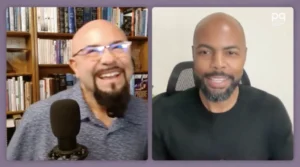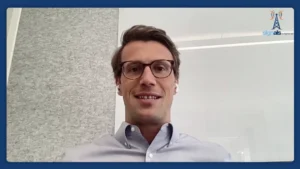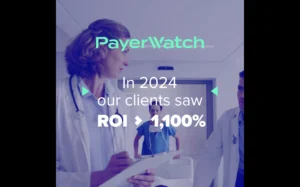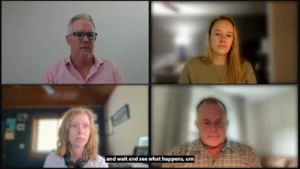Better Patient Communication Improves Compliance and Reduces Provider Burnout
Most physicians and medical professionals know that spending more time communicating with patients would improve compliance and lead to better outcomes. Unfortunately, studies have shown that there aren’t enough hours in the day to meet all the current demands of the job.
According to the Centers for Disease Control and Prevention, physicians would need to work 21.7 hours a day just to provide complete preventative, chronic, and acute medical care to their patients. Add in all of the administrative tasks required, and the result is physician burnout. And the problem is getting worse. In a 2017 MedScape Survey of 14,000 physicians, 51% reported burnout, versus 40% in 2013, an increase of more than 25%. Let’s take a look at how more effective and efficient patient communication can help improve compliance and reduce provider burnout.
Improved Communication Helps Both the Practitioner and the Patient
Many healthcare systems are implementing initiatives to improve leadership skills, manage workflow, and improve communication to address provider burnout. The Cleveland Clinic, for example, has implemented physician training sessions to improve patient communication skills. Open communication between physician and patient, including sharing notes, helps improve trust and allows a patient to better understand the intent behind a treatment plan. This, in turn, leads to increased satisfaction and adherence to recommendations.

Providers Can Take Steps to Improve Communication
Having a plan for communication can help as well. Dr. James A. Tulsky recommends using a series of six communication steps, which can be remembered using the acronym SPIKES.

Using Technology to Improve Communication
Technology, such as Electronic Health Records (EHR), can improve the capture and sharing of medical information. However, some physicians are concerned that EHRs may negatively impact personal communication with patients, because manually inputting information may restrict verbal communication, cause physicians to miss critical emotional cues, and interfere with developing a personal relationship. Using an EHR that has built-in voice dictation, such as that offered by ChartLogic, can help minimize these concerns.
Physician burnout is an increasing problem in the U.S. healthcare system. More effective patient communication can alleviate this problem and improve health outcomes as well. ChartLogic EHR and Connect Patient Portal can help improve patient communication to minimize the problem of physician burnout. For more information on how ChartLogic can help your practice, go here.
Read more at chartlogic.com









